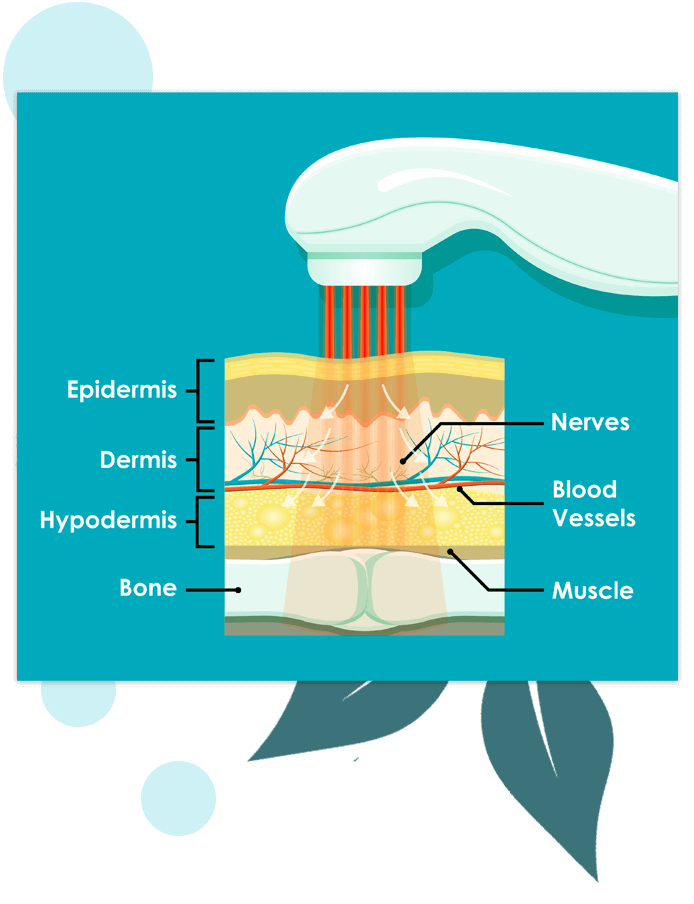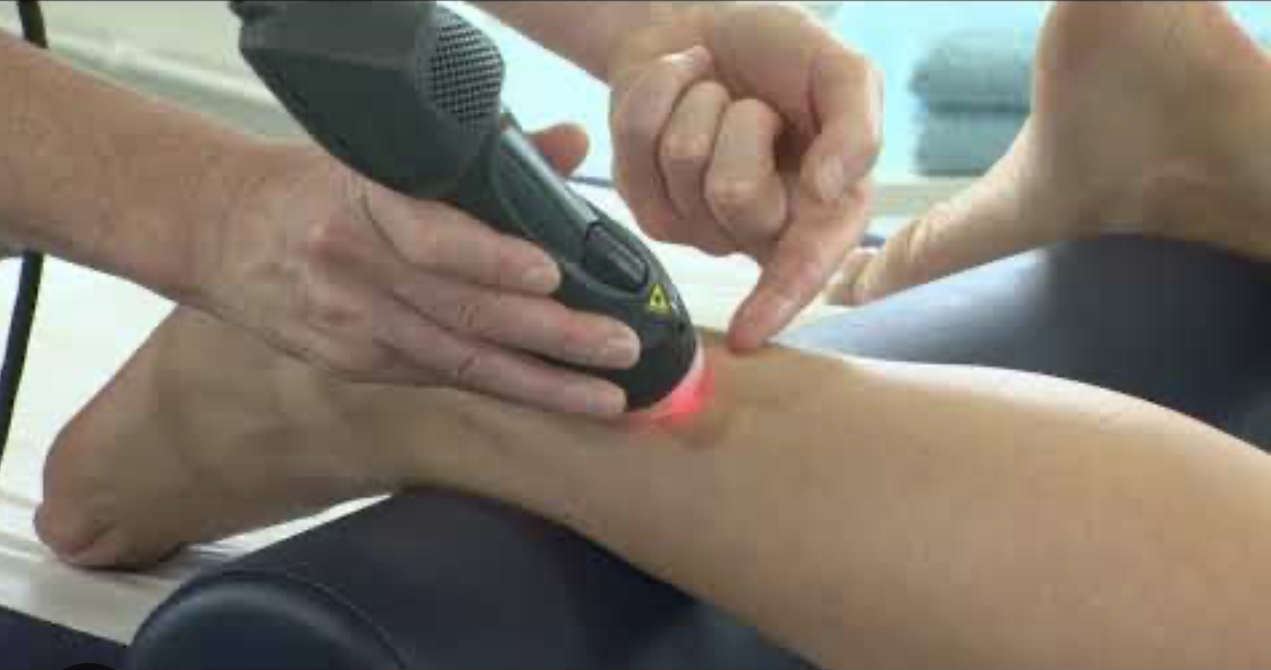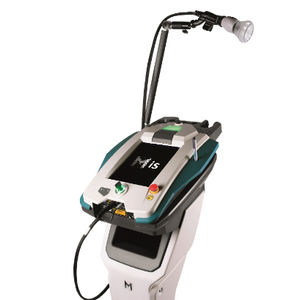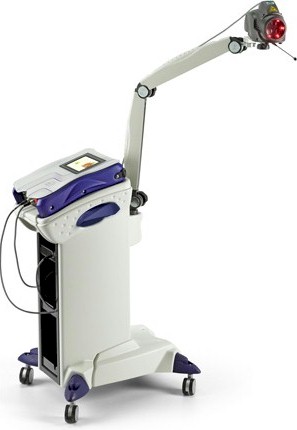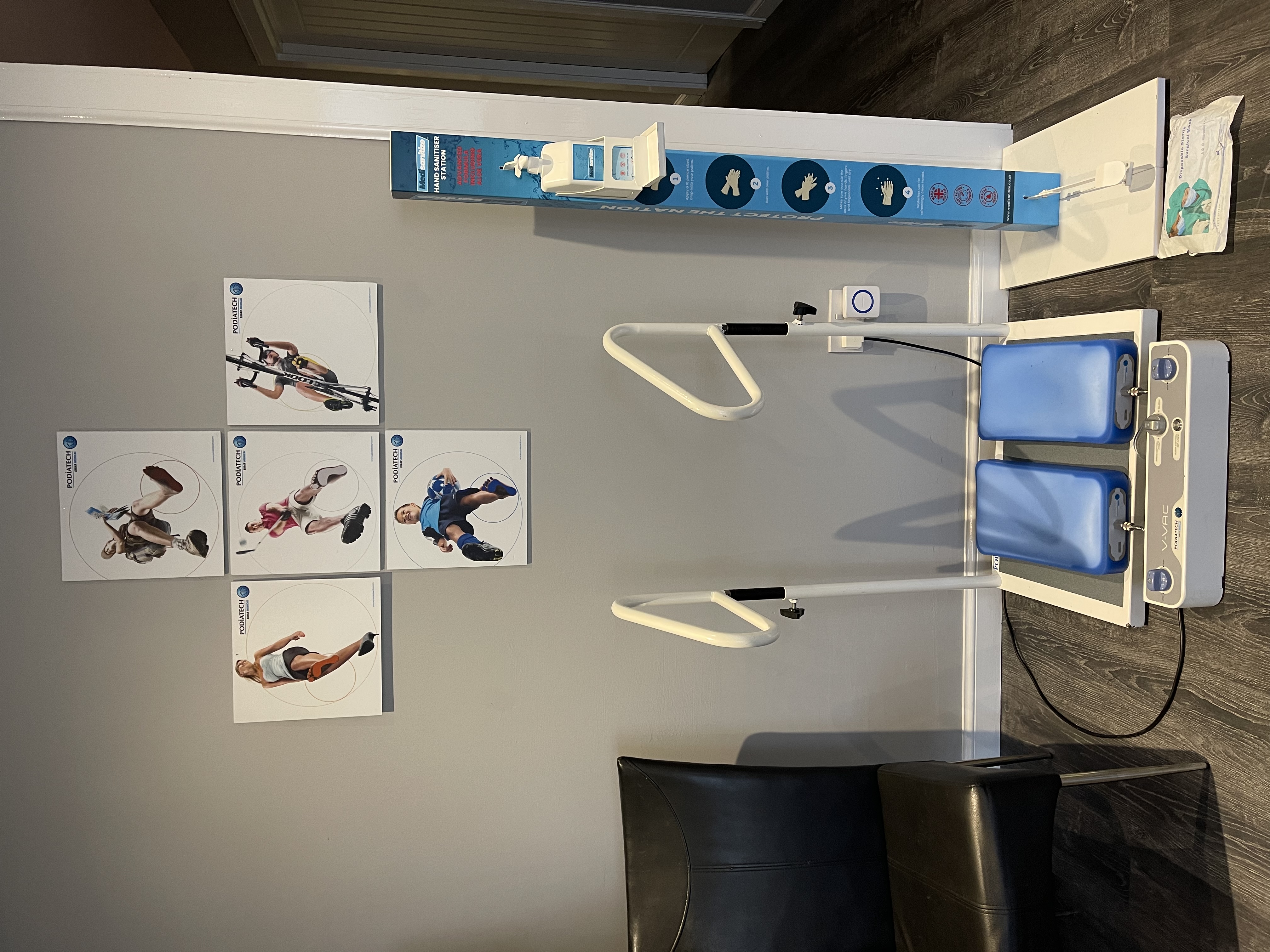Latest news from Foot Monkey

Laser and neuropathy
Many people suffer from numbness in their feet and legs as a result of nerve damage. This uncomfortable problem is known as ‘neuropathy’ and is often referred to as ‘peripheral neuropathy’ when it affects the hands and feet.
Symptoms are often numbness and/or tingling in the affected areas but may also include burning and sharp or shooting pains. Problems with balance, muscle weakness and co-ordination can also cause issues because of the way the nerves are affected.
The causes of neuropathy can range from metabolic issues, medication, traumatic injury and hereditary conditions to vitamin deficiencies. Diabetes is one of the most common causes of neuropathy in the patients we see in clinic.
If you suffer from this condition, the question on your lips is most likely, “how do I get rid of numbness in my feet (or hands or whichever part is affected)?”. We are here to help.
Treating peripheral neuropathy can be tricky but there are things we can do to. Firstly, it is important to know what is causing your symptoms. This means we need to do a thorough assessment and ask lots of questions to understand what is going on and why. It may involve referring you for a blood test if we think there may be something systemic going on which needs to be identified. We will also test your circulation, sensation awareness (this won’t hurt!) and muscle strength to help us to understand better which specific parts are affected and to what extent.
The treatment you get will really depend on the cause of the problem and may involve trying to balance blood sugars in the case of diabetes, getting supplements or injections to address vitamin deficiencies or drugs to treat systemic causes of neuropathy. You can find more information on the NHS website here: https://www.nhs.uk/conditions/peripheral-neuropathy/treatment/
In our clinic we have an MLS® laser which can be a great, non-invasive, non drug option to help us treat neuropathic symptoms. We can use our laser to stimulate sensation where there is numbness or to calm nerves down where there is pain. We can tailor our treatment to your own needs. It’s painless and could help you to feel better. We can use this alongside other treatment interventions where appropriate – we will discuss this with you and your doctor if necessary.
To learn more about your options for neuropathic issues you can contact Us on 07936 300347
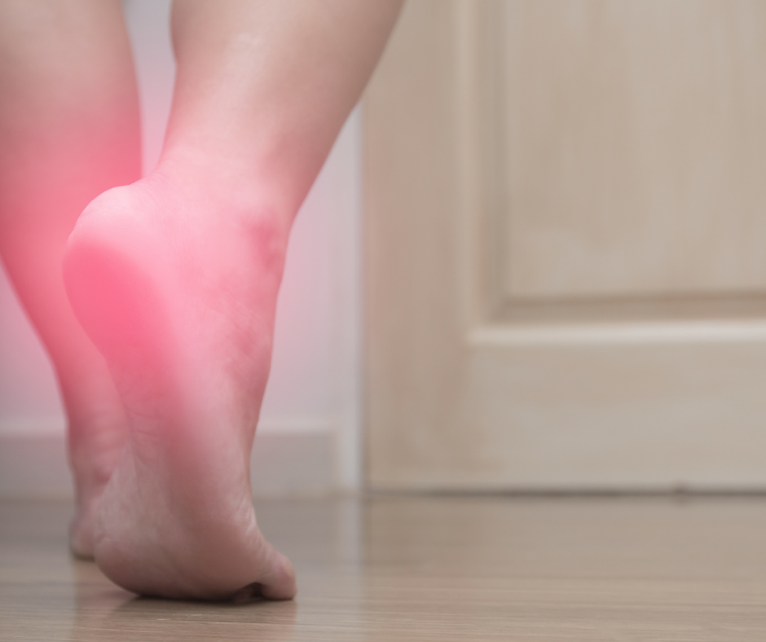
Why laser
What is therapeutic laser?
And how does it work?
Therapeutic laser uses the power of light to reduce pain, inflammation and swelling as well as to encourage your body’s own healing mechanisms.
It’s great for treating a huge range of problems including tendonitis, plantar fasciitis, wounds, bursitis, muscle tears and injuries. Laser can be used on both chronic (long term) and acute (recent) conditions.
Laser therapy involves directing light energy into inflamed or damaged tissue to accelerate the body's natural healing process. The laser is placed in direct contact with the skin which enables specific wavelengths of light to penetrate the tissue and interact with molecules within the cells to cause several biochemical effects.
One of the most important effects of laser therapy is encouraging blood flow into the area being treated. This means the cells there have a better supply of oxygen and nutrients and that waste products and swelling can be flushed out. Laser helps to reduce pain by slowing down the speed of the pain messages in nerves and it reduces inflammation by lowering the number of cells promoting the inflammatory process in the area treated. After laser treatment muscles are better able to relax and movement can become easier as a result.
The treatment is painless, non-invasive and offers a drug free alternative to anti-inflammatories, pain killers and steroid injections. If you’re interested in how laser treatment could help you, please get in touch for more information



